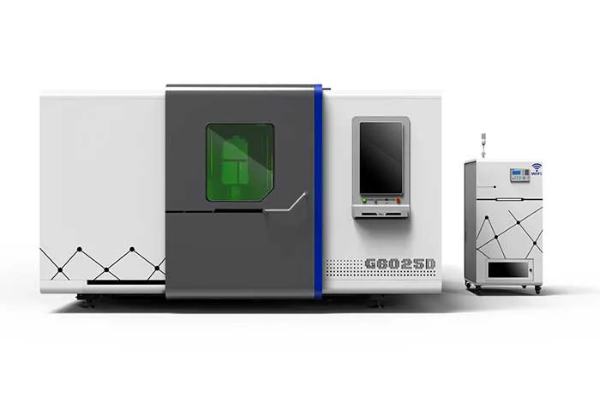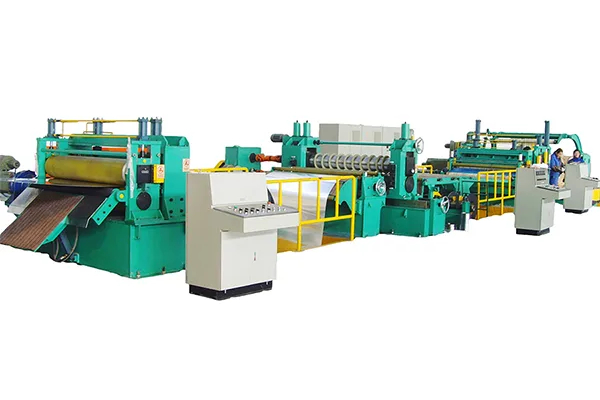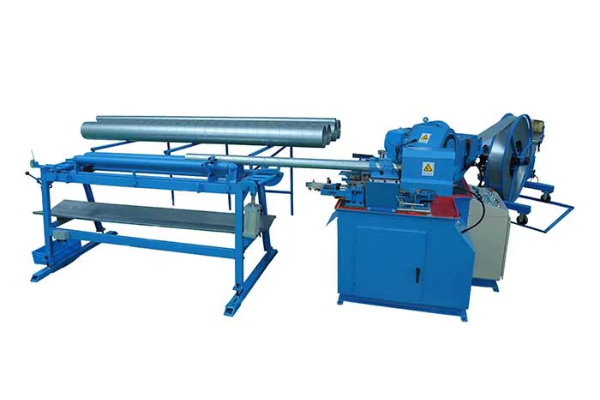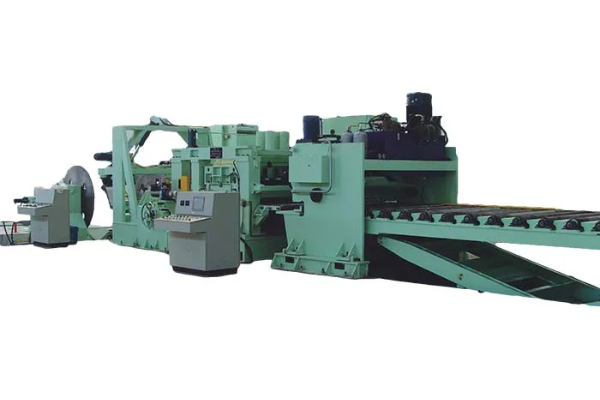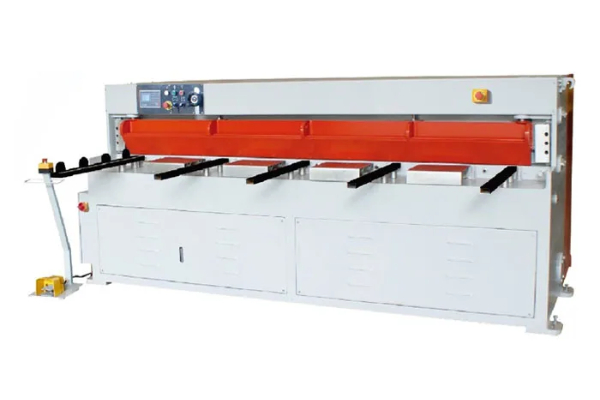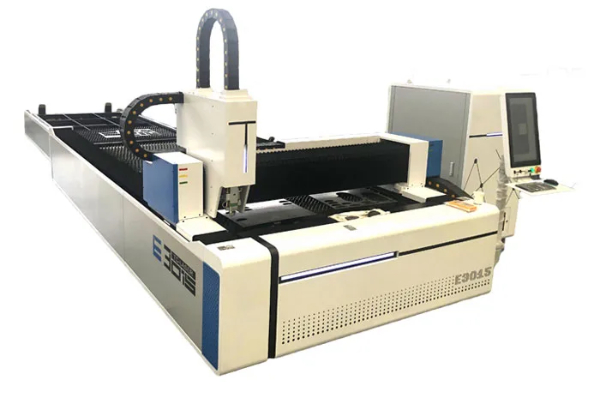
Custom Metal Sheet Forming- What to Consider
- By:Metmac
- 2024-07-17
- 98
Custom Metal Sheet Forming: A Comprehensive Guide
Custom metal sheet forming is a versatile manufacturing process that allows for the creation of complex metal components and assemblies. It involves shaping flat metal sheets into various forms using a variety of techniques, including bending, rolling, stamping, and deep drawing. This process is widely used across industries, from automotive and aerospace to construction and consumer products.
Factors to Consider in Custom Metal Sheet Forming
When considering custom metal sheet forming, several factors must be taken into account. These include:
Material Selection
The type of metal used for sheet forming plays a crucial role in determining the final product’s properties. Common materials include aluminum, steel, stainless steel, and copper, each with its unique characteristics such as strength, corrosion resistance, and formability.
Sheet Thickness
The thickness of the metal sheet affects its formability and the complexity of the shapes that can be achieved. Thinner sheets are more flexible and easier to bend, while thicker sheets require more force and specialized equipment.
Forming Techniques
The choice of forming technique depends on the desired shape and the material’s properties. Bending is used to create angles and curves, rolling forms cylindrical shapes, stamping involves using dies to cut and shape the metal, and deep drawing allows for the production of complex, three-dimensional shapes.
Tolerances and Precision
The level of precision and tolerances required for the finished product must be specified. This determines the accuracy of the forming process and the need for additional finishing operations such as machining or grinding.
Design Considerations
The design of the metal sheet component should consider factors such as bending radii, corner clearances, and hole locations. These design elements impact the sheet’s formability and the feasibility of producing the desired shape.
Tooling and Equipment
The selection of tooling and equipment used in sheet forming depends on the material, the forming technique, and the required precision. Different types of machines, such as press brakes, roll forming machines, and stamping presses, are used for specific forming operations.
Cost and Lead Time
The cost and lead time for custom metal sheet forming vary based on the complexity of the design, the materials used, and the required quantities. It is crucial to consider these factors when planning the manufacturing process.
Benefits of Custom Metal Sheet Forming
Custom metal sheet forming offers several benefits, including:
Customization Options
This process allows for the fabrication of unique and complex shapes that may not be feasible using other manufacturing techniques.
Reduced Material Waste
Sheet forming utilizes precise cutting and shaping methods, minimizing material waste compared to traditional machining processes.
Increased Strength and Durability
The forming process strengthens the metal by work hardening, enhancing its overall strength and durability.
Precision and Consistency
Automated machinery and skilled operators ensure high levels of precision and consistency in the finished products.
Conclusion
Custom metal sheet forming is a versatile and cost-effective manufacturing process that enables the production of complex and high-quality metal components. By considering the factors discussed in this article, engineers and manufacturers can optimize the sheet forming process to meet specific requirements and achieve the desired results.
-
High-Precision Solutions from Leading Sheet Metal Cutting Machine Manufacturers
2025/09/11 -
Reliable Sheet Metal Equipment for Sale to Support Precision Fabrication
2025/07/17 -
Advanced Duct Machine AC and Fabrication Solutions from Metmac
2025/07/12 -
The Advantages of Using a Sheet Roll Forming Machine in Manufacturing
2024/09/14
-
Precision Sheet Metal Cutting and Processing Machines for Modern Manufacturing
2025/09/25 -
Advanced Sheet Metal Processing Machines for Industrial Applications
2025/09/25 -
High-Precision Sheet Metal Cutting Machines for Modern Manufacturing
2025/09/25 -
Efficient Sheet Metal Working Machines for Modern Manufacturing
2025/09/17
-
A Guide to the Latest Innovations in Sheet Metal Folding Machines
2024/11/29 -
Key Features to Consider When Investing in a Sheet Metal Folding Machine
2024/11/28 -
Enhancing Precision with Advanced Sheet Metal Folding Machines
2024/11/27 -
How to Choose the Right Sheet Metal Folding Machine for Your Workshop
2024/11/26
